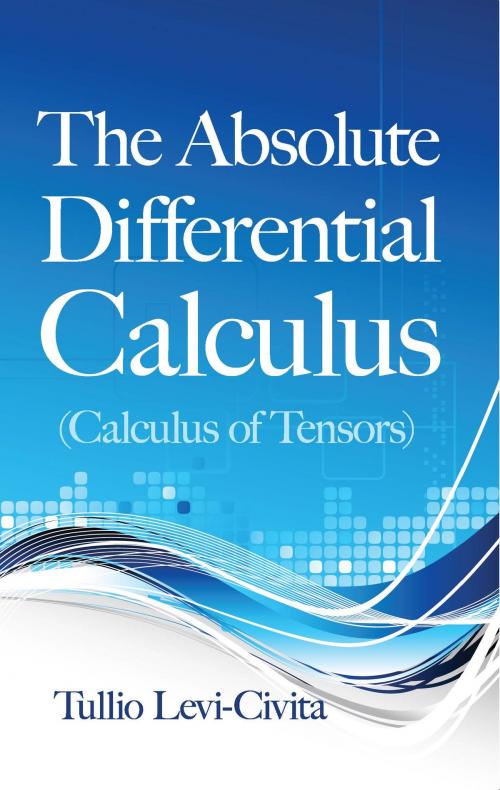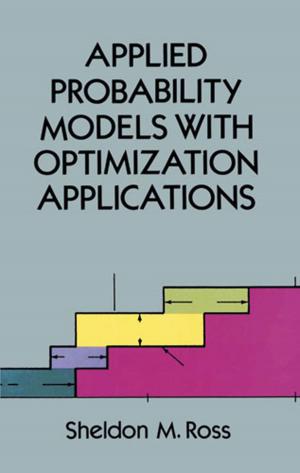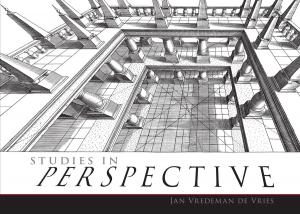The Absolute Differential Calculus (Calculus of Tensors)
Nonfiction, Science & Nature, Mathematics, Vector Analysis, Calculus| Author: | Tullio Levi-Civita | ISBN: | 9780486316253 |
| Publisher: | Dover Publications | Publication: | July 24, 2013 |
| Imprint: | Dover Publications | Language: | English |
| Author: | Tullio Levi-Civita |
| ISBN: | 9780486316253 |
| Publisher: | Dover Publications |
| Publication: | July 24, 2013 |
| Imprint: | Dover Publications |
| Language: | English |
Written by a towering figure of twentieth-century mathematics, this classic examines the mathematical background necessary for a grasp of relativity theory. Tullio Levi-Civita provides a thorough treatment of the introductory theories that form the basis for discussions of fundamental quadratic forms and absolute differential calculus, and he further explores physical applications.
Part one opens with considerations of functional determinants and matrices, advancing to systems of total differential equations, linear partial differential equations, algebraic foundations, and a geometrical introduction to theory. The second part addresses covariant differentiation, curvature-related Riemann's symbols and properties, differential quadratic forms of classes zero and one, and intrinsic geometry. The final section focuses on physical applications, covering gravitational equations and general relativity.
Written by a towering figure of twentieth-century mathematics, this classic examines the mathematical background necessary for a grasp of relativity theory. Tullio Levi-Civita provides a thorough treatment of the introductory theories that form the basis for discussions of fundamental quadratic forms and absolute differential calculus, and he further explores physical applications.
Part one opens with considerations of functional determinants and matrices, advancing to systems of total differential equations, linear partial differential equations, algebraic foundations, and a geometrical introduction to theory. The second part addresses covariant differentiation, curvature-related Riemann's symbols and properties, differential quadratic forms of classes zero and one, and intrinsic geometry. The final section focuses on physical applications, covering gravitational equations and general relativity.















